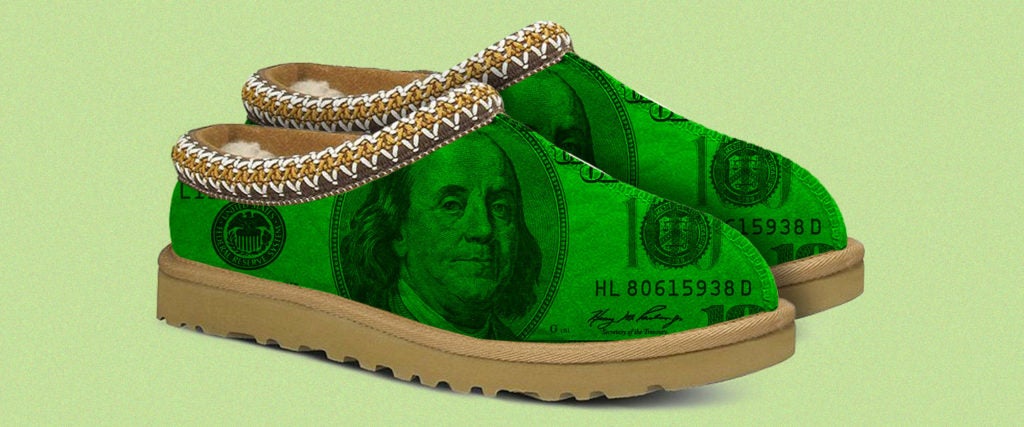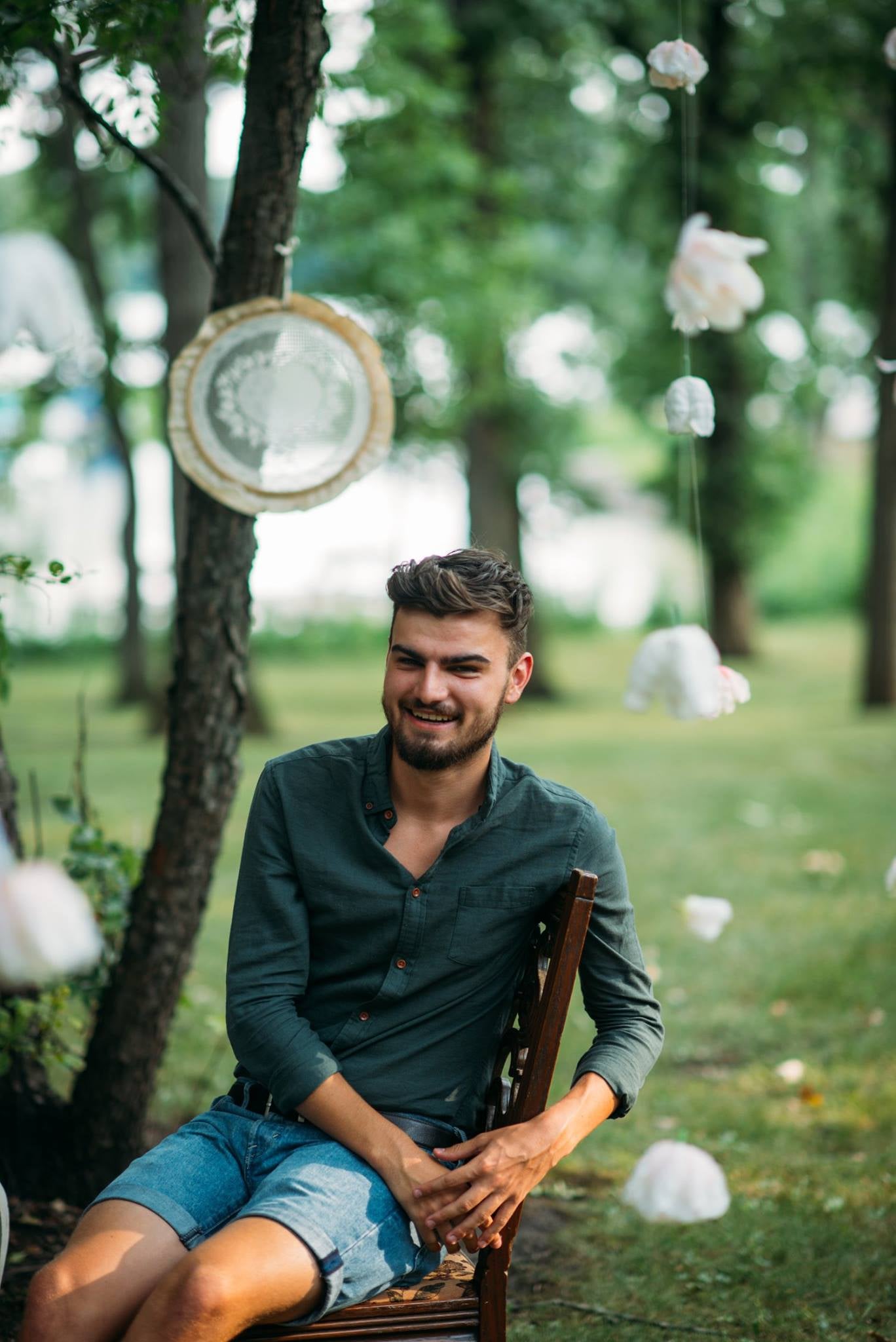Sorry to all my sneakers, loafers and rain boots, but my most prized footwear these days is a pair of house shoes that will never see the outside or appear in an Instagram fit pic. At least, we used to call them house shoes, but at this point, I just think of them as everyday shoes.
Simply put, my Acorn moccasins are unparalleled. They came as a Christmas gift from my lovely mother who had the foresight to understand that feet do, in fact, get cold when you’re stuck at home and grew up in a family who refused to turn on the heat until the day in which you see your breath while sitting down for dinner.
I’ve worn through the soles of my Acorns pretty quickly this winter and briefly considered buying a new pair, only to learn that they’re $45. For ugly slippers? Sheesh! The only thing colder than my apartment this winter is my disdain for not getting a deal when shopping.
Wait, what is a house shoe?
All slippers are house shoes, but not all house shoes are slippers. According to FootwearBoss, slippers are slip-on fuzzy shoes, such as Uggs and wool mules. House shoes is a more encompassing term, referring simply to shoes worn — you guessed it — in a house. My Acorns are technically house shoes but not slippers, because they have a back to them: Slippers don’t have backs.
This means everything from Crocs to moccasins to old sneakers can be considered house shoes. Hell, if you want to wear the fancy-ass dress shoes currently collecting dust in your closet around your home, have at it.
Okay, fine, I’ll call them slippers. Why are slippers so expensive?
They’re actually not, at least not all of them — you can find cheap slippers for $19.40 at Uniqlo, made of a cotton-polyester-rayon blend. They’re cheap for a reason, just like the $18 ASOS mint green slippers. A review on the ASOS website states, “Not the greatest quality, and takes a couple of wears for them to feel comfortable. I can’t imagine [them] lasting more than a year. But they’re slippers so who cares.” Indeed.
With house shoes, you get what you pay for, so if you’re looking for something nicer and made of real wool, you’re going to have to pay more. One of the most popular pairs is L.L. Bean’s wool glerups. They’re $95 but worth the cost: With a leather sole and wool frame ascending nearly up to your ankle, the glerups hold shape and retain heat.
Why is real wool more expensive?
I’ll let my colleague Adam Elder answer this one. “When it comes to price, the laws of supply and demand come into play: It’s not only getting more popular, but also, the finer the wool, the thinner each strand is, meaning it takes more wool to create that sweater/beanie/suit/coat,” he writes.
What if I just, like, didn’t buy a pair?
That’s entirely your call, but surprisingly, house slippers are good for your health. Vionic (a shoe brand, admittedly) claims that house shoes help regulate body temperature. “When you wear slippers, your feet are kept warm and heat loss is reduced, which helps to keep blood flowing to the nose as it normally would and allows your body’s defenses to fight off diseases and illnesses more successfully,” they say in a branded post on their website.
No, this hasn’t been scientifically reviewed, so this could all just be a huge ploy to buy Viconic slippers. However, it’s along the same lines as the more often-cited reasoning as to why it’s actually good to sleep with your socks on — warm feet keep the body oscillating at its natural temperature.
All in all, then, it’s worth your investment in a quality pair of house shoes — even if no one but you will see them. In the name of good health and good style, spend a little on your next pair. Your body (temperature) will thank you.

